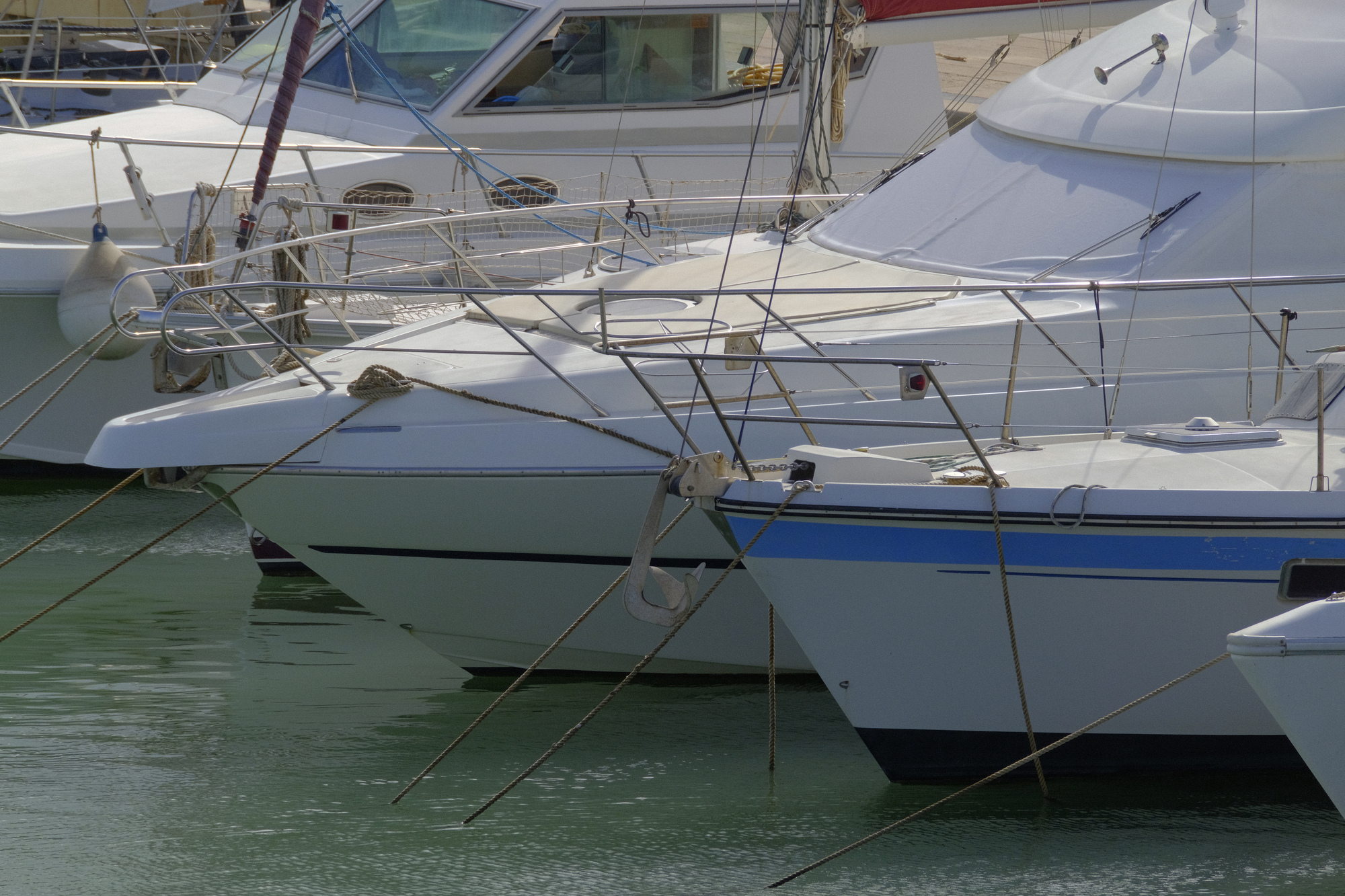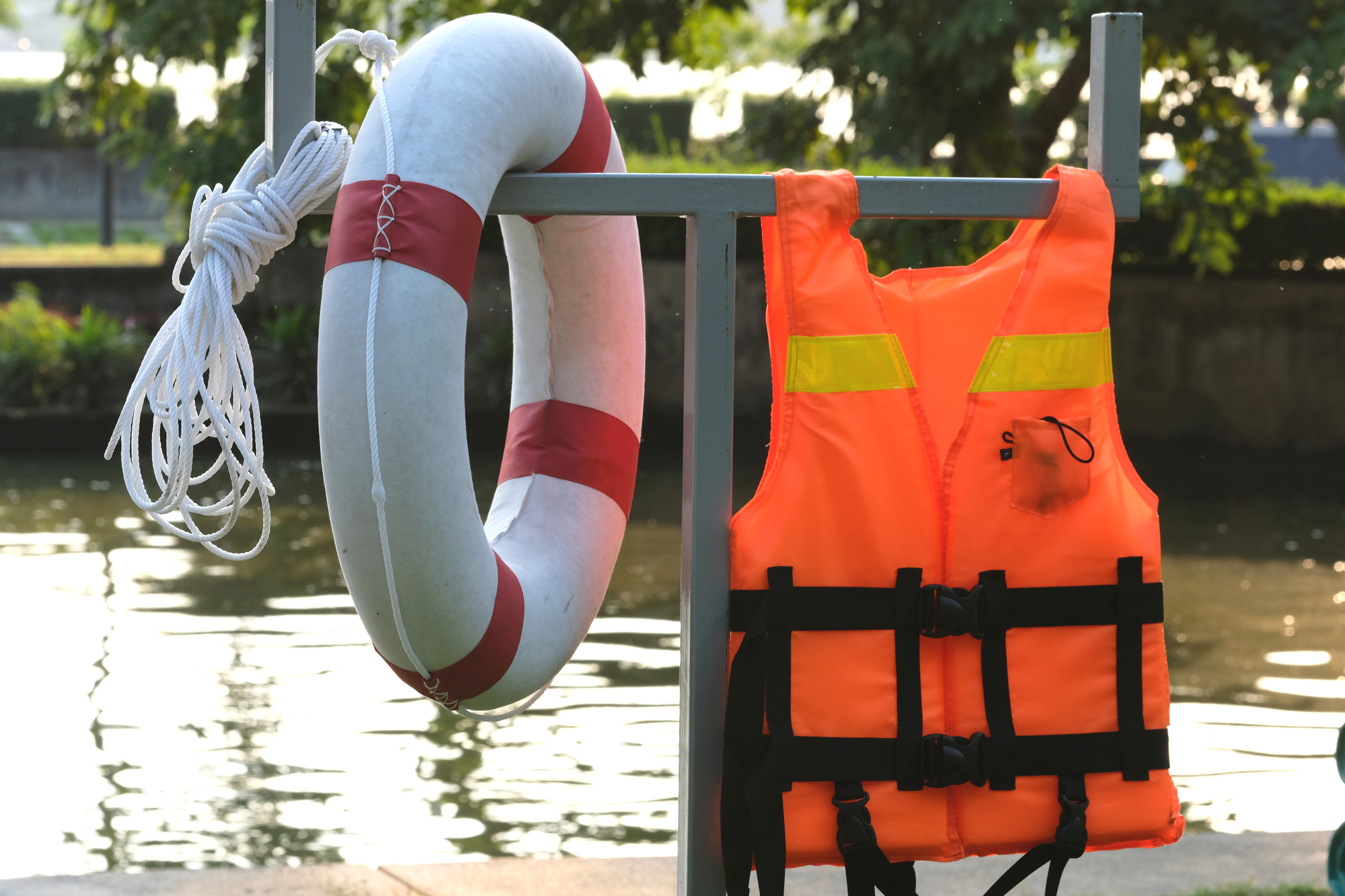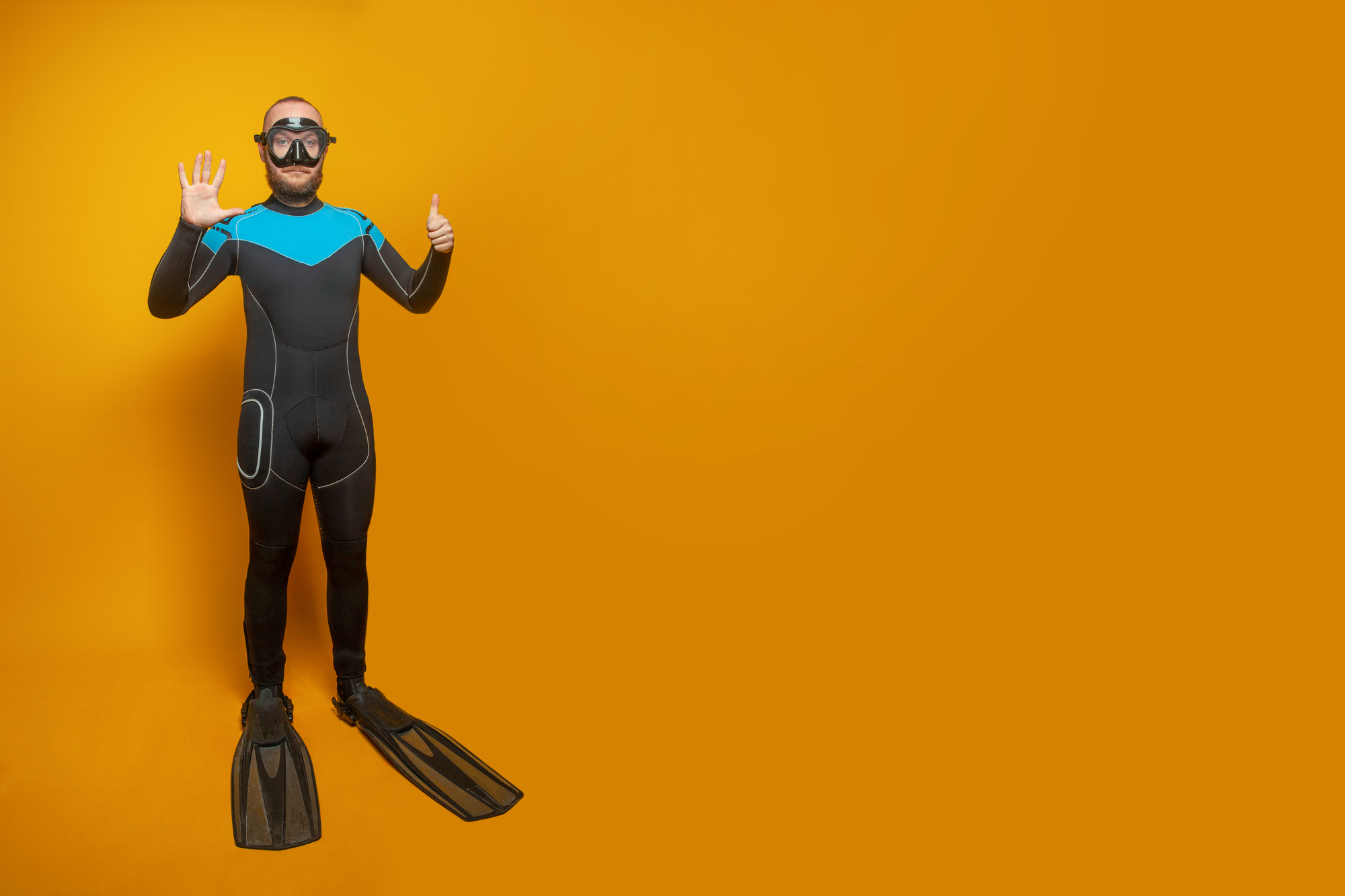
Planning your next boat trip? A thrilling day on the waves can quickly turn into a nightmare if you overlook crucial safety measures and preparations.
Boating can be one of the most rewarding experiences, offering tranquility, connection with nature, and a chance to create unforgettable memories with friends and family. However, the excitement can be overshadowed by unexpected challenges if you’re not adequately prepared. From unpredictable weather to equipment malfunctions, the unexpected can happen in the blink of an eye.
Before you set sail, it’s essential to ensure that every detail is accounted for, from safety gear and navigation tools to personal comfort and environmental awareness. This boat essentials checklist will cover vital tips and resources you need to prioritize to ensure your boating experience is not just safe but also enjoyable. So grab your life jacket and get ready to embark on a worry-free journey—let’s ensure your boat trip is smooth sailing from start to finish!
The Big Essential One: Legal Requirements and Documents for Any Boat Trip
Before setting sail, make certain you’ve got all necessary legal documents and requirements in check.
- Boat Registration and License:
Always carry current registration papers and proof of ownership. Different states and counties require you to display the registration numbers prominently on the boat. Many states, but not all, also require either a license or have age restrictions for operating different types of boats or require at least completing boating courses. You won’t have to worry about this personally if it’s a chartered boat, but still make sure the vessel you’re boarding complies with all regulations. - Fishing Licenses:
If fishing is part of your plan, check local regulations. Make sure everyone fishing has the correct licenses for the waters you’re in to avoid fines. - Insurance Papers:
Have proof of boat insurance on board. It can protect you from liability in case of an accident or property damage. - IDs, Credit Cards, and Passports: If your boat trip includes a stop at different ports, docks, or even crossing into another country’s waters, then you shouldn’t forget personal documents and some money. It might just be a credit card or emergency cash but always be prepared when going on long trips or international trips.
Don’t let a lack of paperwork clip your wings – or, in this case, sails!
Boat Trip Essential Checklist
While documents and legal requirements are at the top of the list, the rest of the items on your boat trip list aren’t any less essential, and some are actually legal requirements in many jurisdictions.
Safety Gear
When planning your boat trip, verifying you have the right safety gear is vital for everyone’s well-being. You’ll need to be equipped to handle any situation that comes your way, so let’s make certain you’re fully prepared.
- Life Jackets (PFDs):
Ensure every passenger has a properly sized life jacket. Modern inflatable life vests are comfortable and not bulky, so there’s no excuse for not wearing one. Some states and countries have specific regulations, such as children needing to wear them at all times. - First Aid Kit:
Include a variety of bandages, adhesive tape, sterile gauze pads, antiseptic wipes, tweezers, and scissors. Add seasickness pills, pain relievers, and any specific medications for your crew. Consider a marine-specific first aid kit that includes items for more serious injuries. - Fire Extinguisher:
Marine-grade extinguishers are designed for engine fires and fuel-based fires, which are common on boats. Make sure it’s accessible and that everyone knows where it is and how to use it. - Flares & Signaling Devices:
Flares help other boats or rescuers find you if you’re in distress. A whistle and signal mirror are also simple but effective for attracting attention, especially in remote areas. Modern electronic flares are also a great, longer-lasting option. - EPIRB (Emergency Position-Indicating Radio Beacon):
If you’re in a serious emergency, this device sends out your exact location to search and rescue services. It’s automatic, waterproof, and works globally, which is crucial for longer offshore trips. - Throwable Flotation Device:
In addition to life jackets, having a throwable flotation device (like a life ring or cushion) helps you quickly aid someone who’s fallen overboard without getting too close and risking yourself. - Anchor & Line:
A solid anchor is important, not just for fishing or lounging but also if your engine fails and you need to stop your boat from drifting into danger. Ensure the anchor is suitable for the seabed type and the size of your boat.
Navigation and Communication
Now that you’ve guaranteed everyone’s safety with the right gear let’s focus on how you’ll navigate and communicate during your boat trip. Ensuring you’re equipped with the best devices for navigation and keeping in touch isn’t just smart; it’s vital for a carefree journey on the water.
Here’s a quick list to help you get started:
- GPS/Chartplotter:
A GPS is vital for knowing where you are at all times, especially when out of sight of land. Modern chart plotters provide detailed marine maps and are indispensable for navigating tricky waters.
- VHF Radio:
A fixed-mount or handheld marine VHF radio is essential for contacting other vessels, marinas, or the Coast Guard. Even with a cell phone, VHF works better at sea due to its longer range and emergency channels (like channel 16).
- Compass:
Electronics can fail, and a magnetic compass provides a fail-safe way of navigating if your GPS dies. Learn how to use it in combination with a map for better safety. - Nautical Charts:
Paper nautical charts of your intended area are an important backup. They can help you identify hazards, landmarks, and depths even without electronics. - Marine Binoculars:
Used to spot distant buoys, landmarks, or even hazards like other boats or wildlife. Look for waterproof and fog-resistant binoculars with an integrated compass for marine use. - Navigation Lights:
These are crucial for low-visibility conditions (fog, twilight, or night). Boats have specific light configurations for different activities (anchoring, underway, etc.), and it’s important to check they’re functioning properly. - Horn/Whistle:
Sound is a key communication tool on the water. A whistle or an air horn alerts other boats to your presence, especially in fog or busy areas. It’s also used for signaling distress.
Emergency Tools
Equipping your boat with the right emergency tools often means the difference between a minor inconvenience and a potential disaster. When you’re out on the water, your freedom depends on being prepared. You can’t just call for a quick fix mid-lake. That’s where your emergency toolkit steps in, making certain you’re never at the mercy of the unpredictable.
- Tool Kit:
A basic marine tool kit should include items for quick repairs, like screwdrivers, wrenches, pliers, wire cutters, zip ties, and a hammer. Include spare fuses, electrical tape, and any spare parts for your specific engine. - Spare Fuses and Light Bulbs:
Electrical systems are prone to fuse failures, and having spare bulbs for navigation and interior lights ensures you don’t get caught in the dark. - Duct Tape and Rope:
Duct tape can fix leaks, secure equipment, and make temporary repairs. Extra rope is invaluable for tying down gear, securing your boat, or making emergency rigging if something breaks. - Multi-tool or Knife:
A good multi-tool can handle almost any minor repair task. A sharp marine knife is essential for cutting lines in an emergency, like if a rope gets tangled in the propeller.
Fuel and Power Essentials
There are two actions you have to add to your list of items on fuel and power.
Calculate Fuel Needs:
Before you set sail, calculate the amount of fuel you’ll need based on your planned route and the fuel efficiency of your boat. Always add a 20% buffer to avoid unexpected shortages.
Check Power Systems:
Inspect your boat’s battery and electrical systems. Verify all connections are secure and corrosion-free to prevent power failures while you’re out on the water.
Now, in regards to the checklist items for fuel and power, always bring:
- Extra Fuel:
It’s always smart to carry extra fuel, especially for longer trips. You might burn more than expected due to currents, detours, or rough seas. A portable fuel tank is a great solution for this. - Battery Charger or Jump Pack:
Batteries can fail or run out of charge, especially if you’re running electronics like GPS or a radio. A portable marine battery charger or jump starter will allow you to recharge or start the engine again. - Solar Charger:
On longer trips, a solar charger can be a lifesaver for keeping smaller electronics like phones or GPS units powered without draining your main battery. - Spare Propeller & Shear Pins:
Running around or hitting debris can damage your propeller. A spare prop and pins can keep you moving and save your trip after a case of bad luck.
Also, don’t forget to schedule regular check-ups for your boat’s engine and fuel system.
Comfort and Enjoyment
After ensuring your boat’s fuel and power systems are in check, let’s focus on making your trip both comfortable and enjoyable. After all, you’re ultimately out here to relax and have fun, so let’s make sure you’ve got everything you need.
- Motion Sickness Medications: No boat trip packing list is complete without this. It’s hard for most people to say no to an invitation for a boat trip, so most say yes, even those who probably have never been on a boat trip before and might not know they get seasick easily. It could even happen to a fellow traveler who’s actually been on a boat before if there are rough seas or weather. For those reasons, motion sickness medication is a must on any boat trip.
- Sun Protection and Lip Balm:
Sunscreen (high SPF), lip balm, polarized sunglasses, and a wide-brimmed hat are essential to prevent sunburn and heatstroke. A bimini top or sunshade provides the necessary shade for hot days. - Waterproof Bags:
Keep valuable items like phones, wallets, keys, and dry clothes in waterproof dry bags to avoid water damage from splashes or rain. - Seating Cushions:
Make long days on the water more comfortable with cushioned seating. Some cushions are designed for extra floatation, which adds safety in emergencies. - Fishing Gear:
If fishing is part of the plan, don’t forget rods, reels, and tackle. A fish finder can help you locate fish and enjoy a successful day on the water. - Entertainment:
Bring waterproof speakers, books, or water toys like inflatables, paddleboards, or snorkeling gear to maximize fun. - Insect Repellent:
Particularly if you’re boating near marshy or tropical areas, mosquitoes, and flies can ruin the trip. Bring a quality repellent to stay comfortable. - Blankets/Towels:
These can keep you warm when the temperature drops, dry off after swimming, or provide extra comfort during the day.
Hydration and Food
When packing for your boat trip, prioritizing hydration is crucial. The sun can be relentless, and staying hydrated isn’t just about comfort—it’s about safety. You’ll want to make sure you’ve got plenty of water. Remember, it’s not just the quantity but also the ease of access to these fluids while you’re having fun or handling the vessel.
Here’s what you should consider including to manage hydration and nourishment effectively:
- Cooler:
A well-stocked cooler keeps drinks cold and snacks fresh. Choose one that’s easy to stow and fits your boat’s layout without getting in the way, and make sure you also bring plenty of ice or ice packs. - Plenty of Water:
Dehydration is common on boats, especially in the sun. Pack more water than you think you’ll need – about 1 gallon per person per day is a good rule of thumb. - Electrolyte Solutions or Tablets: They can be crucial for replenishing salts lost during sunny, sweaty days.
- Snacks & Easy-to-Prepare Meals:
Bring non-perishable snacks like trail mix, fruit, or granola bars. For longer trips, consider simple meal options like sandwiches, canned goods, or even a portable grill if you’re prepared to cook on the boat.
Tailor your food choices to the length and intensity of your trip. Lightweight, non-perishable items are ideal for longer outings.
Clothing Tips
Just as you’ve prepared with adequate hydration and food, your choice in clothing can greatly impact your comfort and safety on the boat.
Bring:
- Non-Slip, Water-Friendly Shoes:
Boat decks can get slippery, so wearing shoes with good traction is crucial for safety. Water shoes, boat shoes, or deck shoes made with non-marking rubber soles are ideal. Avoid flip-flops, as they can be slippery and provide little support. For wet activities like snorkeling or fishing, water shoes or sandals with straps are better than open-toed flip-flops. - Swimsuit(s):
Bring at least one or two swimsuits, especially if you’re planning to swim or engage in water sports. Quick-dry fabrics are ideal since you’ll likely be moving in and out of the water. - Snorkeling Gear: When you’re planning to plunge into the water for some snorkeling, make sure you’ve packed your snorkeling gear. This includes a snug-fitting wetsuit if you’re in cooler waters. The right gear not only enhances your underwater experience but also protects you from scrapes and the sun.
- UV-Protective Clothing (Rash Guards):
For sun protection, consider long-sleeve rash guards or swim shirts that offer UPF (Ultraviolet Protection Factor). These are particularly useful when you plan to spend hours in the sun or while snorkeling, as they protect you from sunburn without needing constant reapplication of sunscreen. - Quick-Dry or Moisture-Wicking Clothing:
Choose clothing made of lightweight, quick-dry materials. And while jeans might seem like a tough, ready-for-anything option, they’re actually quite restrictive and dry slowly when wet. Instead, go for shorts or quick-dry pants and a moisture-wicking shirt to go with it. Synthetic fabrics like nylon or polyester are good choices, as they dry quicker than cotton. - Lightweight, Layered Clothing:
Bring layers to adjust to changing temperatures. A light long-sleeve shirt or windbreaker can provide sun protection during the day and keep you warm if the temperature drops. For cooler weather or early morning/evening trips, pack a fleece or jacket that’s easy to stow. - Wide-brimmed Hat or Cap:
A wide-brimmed hat provides extra protection from the sun, covering your face, neck, and ears. A baseball cap is another option, but it may not offer as much shade. Consider a hat with a chin strap to keep it secure in windy conditions. - Towels & Sarongs:
Quick-drying microfiber towels are excellent for drying off after a swim. Sarongs or cover-ups can be used to shield yourself from the sun or as an extra layer when lounging on deck. - Waterproof Gloves (Optional):
If you’re handling lines or fishing, gloves can protect your hands from rope burns and the elements. Sailing gloves or neoprene water gloves are both good options.
Embrace the freedom of the open water with the right attire. Dress smartly, and you’re all set for a memorable sailing adventure.
Weather Protection
Steering through the unpredictable weather at sea requires thorough preparation. A sudden shift can transform a sun-soaked journey into a challenging adventure.
You’ll want to safeguard not only your comfort but also your ability to enjoy every moment, regardless of the skies above. Here’s how you can shield yourself and revel in your marine liberty:
- Rain Gear:
A lightweight, waterproof jacket and pants are necessary for unexpected rain showers or rough weather. Make sure the gear is breathable so you don’t overheat while staying dry. - Extra Set of Dry Clothes:
Always bring a full change of clothes in case you get wet. Having a dry outfit to change into can keep you comfortable and prevent chills, especially after swimming or rain, and in case you don’t get much sun on your trip to dry out clothes. Also, bring extra towels, as you’ll need extra help drying them off. - Weather Radio:
Keep up with the latest marine weather forecasts and alerts with a dedicated weather radio. Some VHF radios also have weather channels built-in. - Indoor Entertainment: Pack a deck of cards or portable board games. Fun games can be a lifesaver during lengthy spells of rain or intense sun, providing fun and freedom from the elements.
With these boat essentials on board, you’ll be well-prepared for both safety and enjoyment, ensuring a stress-free and memorable boating trip!
Make Your Boat Trip Dream a Reality With Southeast Financial Boat Loans
Exploring the open waters aboard your own boat is no longer just a dream, thanks to Southeast Financial boat loans.
You’ve imagined the spray of the sea on your face and the freedom of charting your own course—now, it’s within your reach. Southeast Financial offers you the financial tools you need to make owning a boat both affordable and straightforward.
Here’s how you can turn the tide:
- Low Minimum Loan Amount: Southeast Financial provides a variety of loan options, down to just $10,000 minimum, unlike the bigger $50,000 minimum competitors demand of you.
- Quick Decision Process: You won’t be docked waiting to hear from them. Their streamlined process means you could get a same-day decision on your application and be on the water in no time.
- Competitive Rates: They offer some of the most competitive interest rates in the market, making your dream more attainable than ever before.
- Expert Advice: Their team of experts is always ready to help you navigate the financing process, ensuring you make the best decisions for your maritime adventures.
Don’t let your boat dreams just drift away. With Southeast Financial, you’re closer than ever to seizing the helm of your very own vessel.
Set sail towards freedom and make those dreams a vivid reality.



